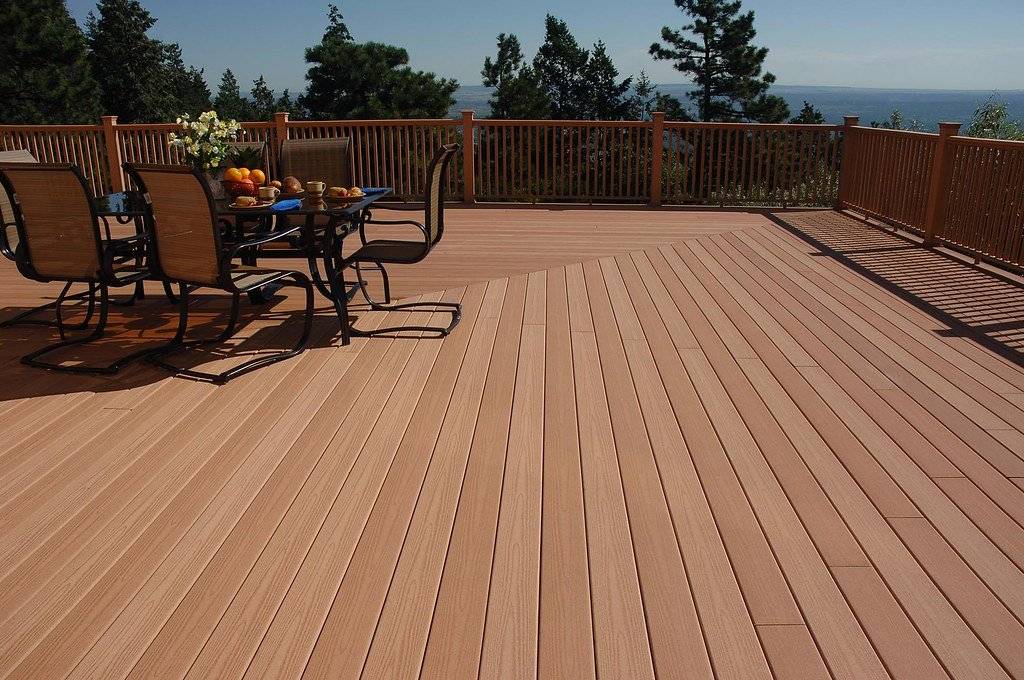Last Updated on July 17, 2024 by Team Experts
Did you know that of the approximately 20 million new decks installed each year, within which more and more consumers are choosing composite decks over traditional wood.
In fact, consumers see composite deck as a green sustainable product because of its low carbon footprint, resistance to warping, ability to be recycled, and high strength-to-weight ratio. But are all those facts really true? Here is a closer look at the composite decking.
What is composite decking
Composite decking is a big trend in residential and commercial home building. Composite decking—which is wood plastic composite material, is durable, requires less maintenance than traditional timber deck and cost effective in the long run as well.
Benefits of composite decking
Composite decking is made from high-density polyethylene (HDPE) which is a non-toxic, recyclable material. Composite decking does not contain formaldehyde or other toxic adhesives that are commonly found in pressure treated wood.
It does not absorb water like pressure treated wood, so it won’t swell or rot easily. It stays cool to touch in hot weather unlike a lot of timber decking that can get too hot to walk on without shoes. Unlike its timber counterparts, composite decking are less likely to splinter, warp or crack. Plus because of its low weight composite decks can be installed easily sometimes as well. A composite deck’s light color makes it easy to keep clean – just a little soap and water will do.

Myth about composite decking
The first myth about composite decking is that it will end up rotting on your property. This misconception comes from a few different sources, including rumors that timber decking can rot if not properly cared for or maintained.
However, composite decks aren’t made of real wood, which means they don’t experience natural wear-and-tear like their real counterpart. Think about it—even if you don’t treat your composite deck right, all you need to do is giving it a general clean and wash. That’s all.
Advantages over pressure treated wood decks
The claim that composite decks will last much longer than pressure treated wood decks is a myth. While it’s true that composites won’t rot or splinter like pressure treated wood, they don’t actually last forever. This misconception likely originated because you can expect to maintain composites for years longer than pressure treated wood, which requires more upkeep to keep it in top shape. That’s not to say composite decking is maintenance-free—the surface needs occasional cleaning to remove dirt and grime, just like any other type of decking material.
But because composites have proven long-lasting against all types of weather conditions and insects without stain, you’ll be able to have them for 10-20 years easily.
Comparison between composite decking and other materials
Is made from a variety of natural and man-made products, including recycled plastics. A deck that’s 20% recycled material takes a significant step toward reducing landfill waste and harmful chemicals.
In comparison, wood can require 80 or 90% virgin materials to make—even though it still doesn’t stand up to composite in performance. Another benefit of composite materials? Longevity. Some high-end composite decks can last for 20-30 years easily.
And even if some bad weather does happen to them, composite decks are more forgiving than their wooden counterparts because they bend and flex rather than shatter like other materials.
Read more: Pro Tips on Using Stencils on Wood for Outstanding Results

